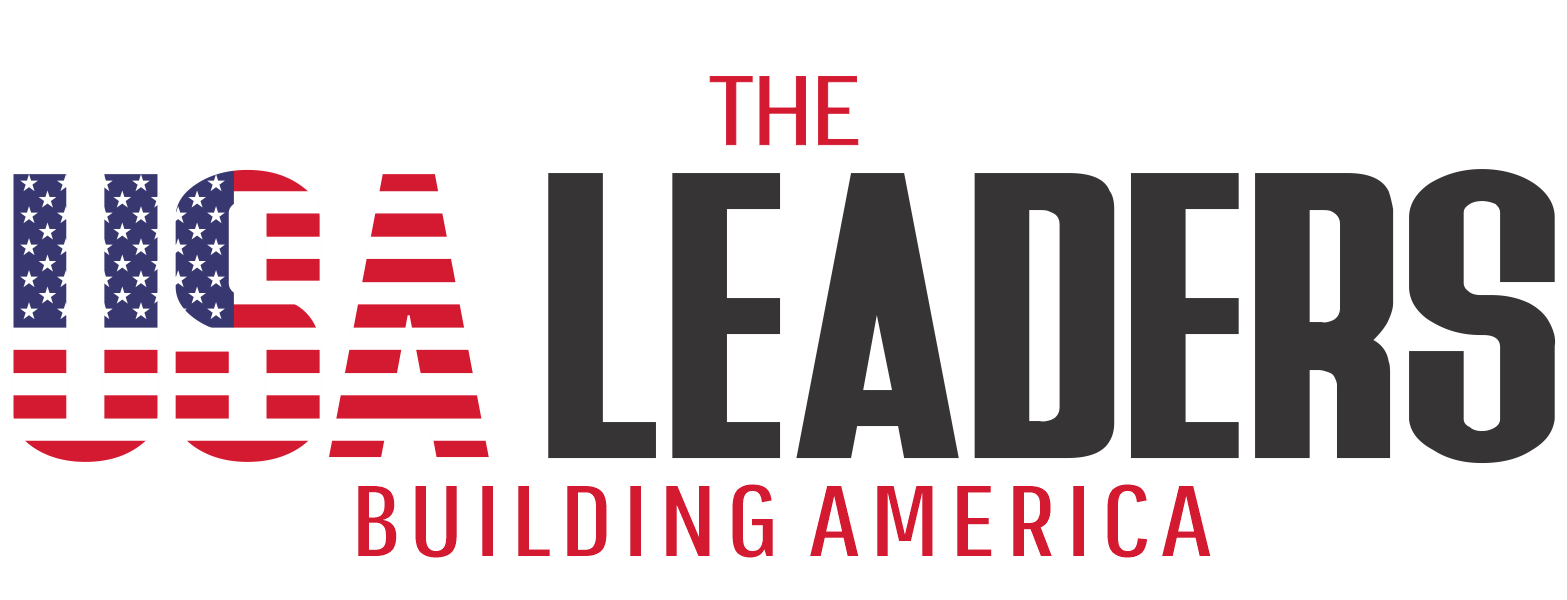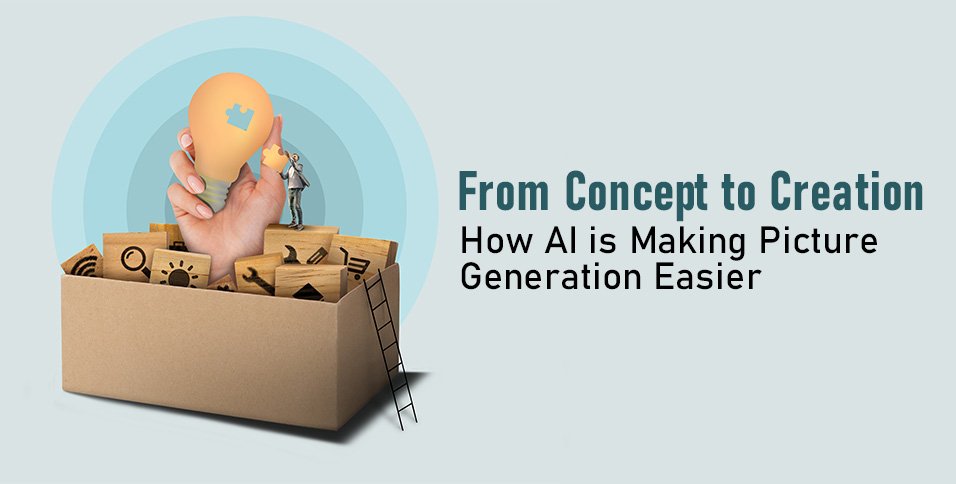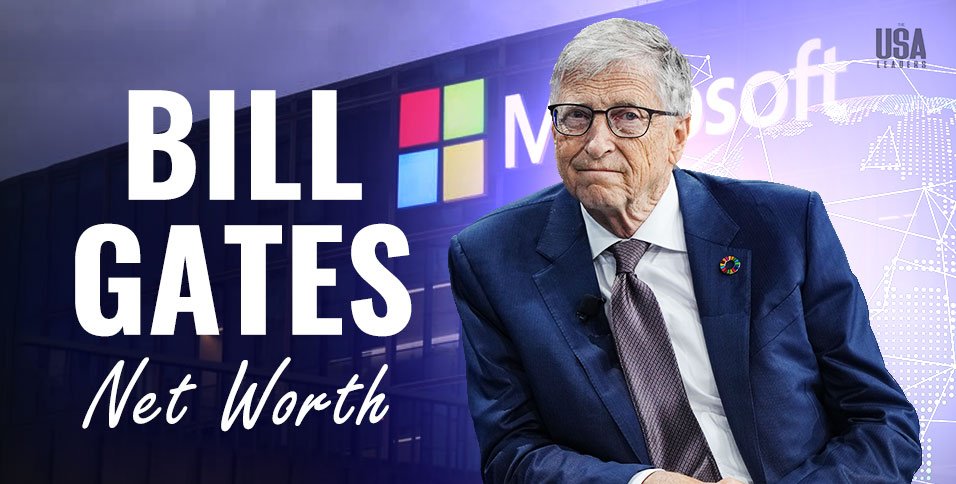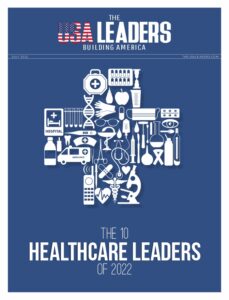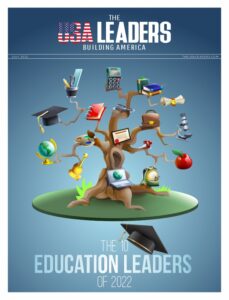One of the most exciting advancements in the modern digital age is the development of AI picture generator technology. This innovative tool allows users to create images from textual descriptions, simplifying the process of digital art creation and making it accessible to everyone, from professionals to hobbyists.
Understanding AI Picture Generators
AI picture generators use artificial intelligence to interpret text inputs and generate corresponding images. The technology is based on complex algorithms and neural networks that have learned from vast datasets of images and their descriptions. This enables the AI to understand the description elements and how they should appear visually.
In the first step, users provide a detailed text description of what they want to see. The AI then processes this input, identifying key elements and themes. In the second step, an image that matches the description is generated. This process eliminates the need for manual sketching or graphic design skills, making it a valuable tool for creators of all skill levels. Plus, daunting edits, such as background removal in photos, for example, are much simpler now as designers can rely on a good image background remover to help them speed up the editing process.
The Role of Machine Learning
Machine learning is at the heart of AI picture generators. These systems are trained using thousands, sometimes millions, of images and their descriptions. This training allows the AI to learn various artistic styles and the nuances of visual representation.
The first paragraph under this subheading might discuss the training process, including how data is collected and used. The second paragraph could explore different learning models, like convolutional neural networks, and their role in image generation.
Applications in Various Industries
AI-generated images are useful in numerous fields, not just art. For example, companies can quickly generate campaign visuals based on specific themes or ideas in marketing. In entertainment, storyboard artists and filmmakers can visualize scenes before production starts.
These applications show the versatility of AI image generators. The technology helps save time and resources in creative processes and allows for rapid prototyping of visual ideas, which can be particularly useful in dynamic industries like advertising and media.
Enhancing Creativity and Accessibility
One major benefit of AI in picture generation is its ability to enhance creativity. Artists can experiment with different styles and ideas quickly without needing extensive resources. Additionally, people without a background in art can bring their visual ideas to life, making creative expression more accessible.
This technology democratizes art creation, allowing more people to participate in visual storytelling. The potential for collaboration between AI and human creativity is vast, opening up new possibilities for personalized and unique artworks.
Future Prospects and Ethical Considerations
As AI technology continues to evolve, the capabilities of picture generators will expand, leading to more realistic and complex images. However, this growth brings ethical considerations, such as the need for clear guidelines on using AI-generated images and the importance of crediting AI contributions in creative works.
The future of AI in picture generation looks promising, with ongoing advancements likely to enhance its reliability and versatility. As we navigate these developments, it’s important to consider the ethical implications to ensure this technology is used responsibly and beneficially.
With Adobe, “Non-designers can stretch their creativity (and powers of description) with prompts that will give them results in seconds. Designers can explore new ideas and follow their inspiration wherever it leads — without spending hours on the exercise.”
AI is significantly simplifying the process of picture generation, from concept to creation. This technology not only aids professional artists and designers but also opens up new opportunities for anyone interested in creating digital art. As AI continues to advance, its impact on the creative world is expected to grow, making it an exciting area to watch
Also Read: AI in Education: 5 Myths Debunked
